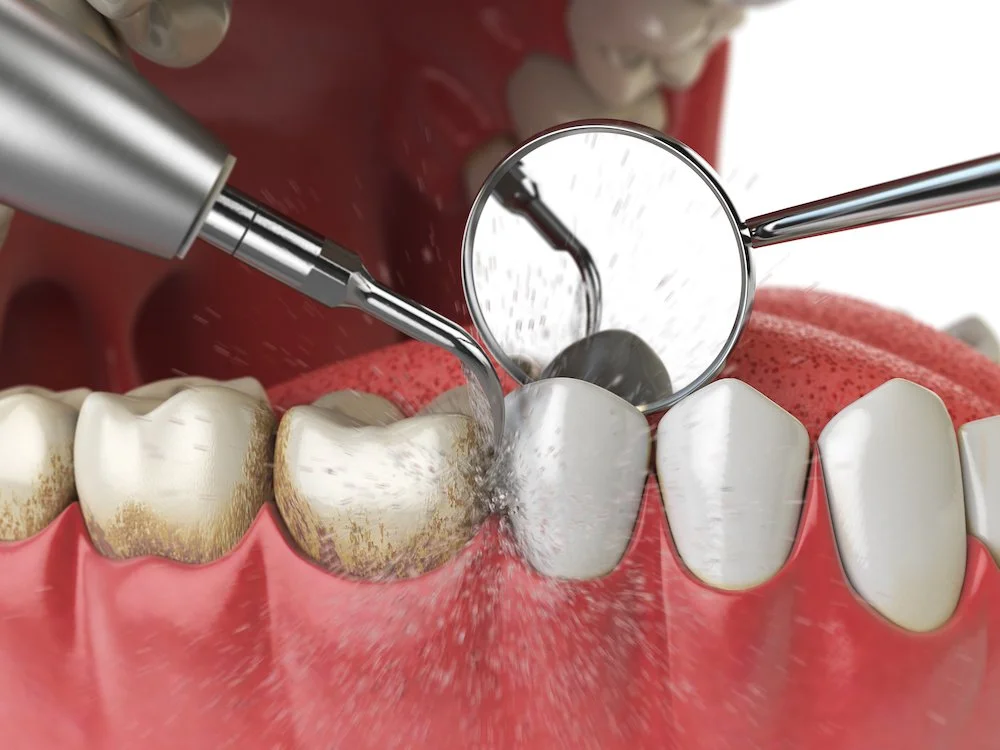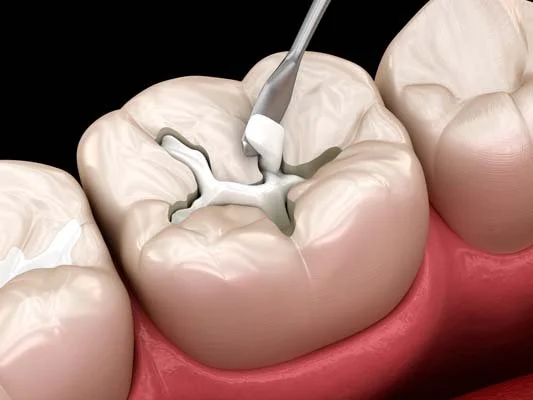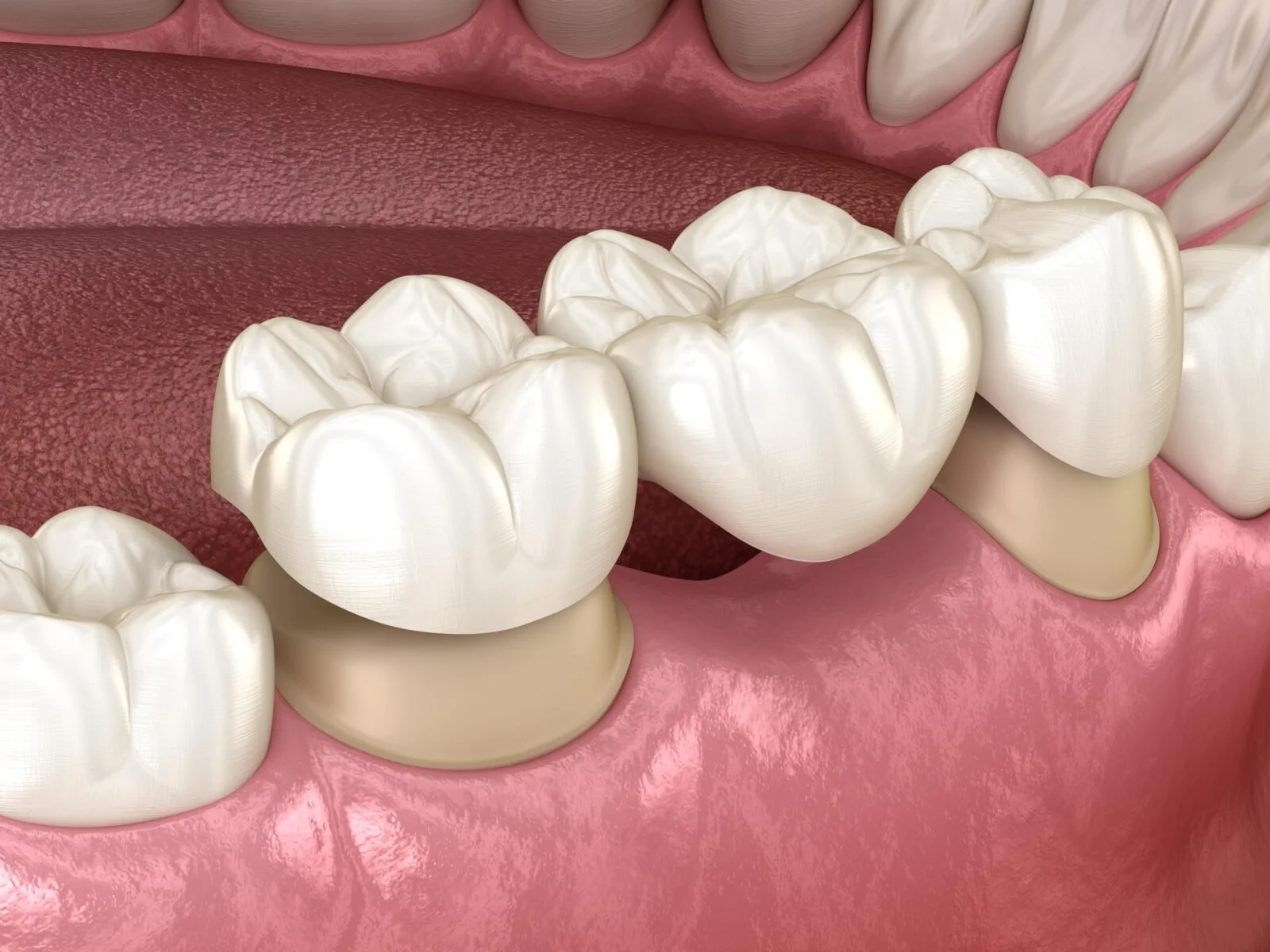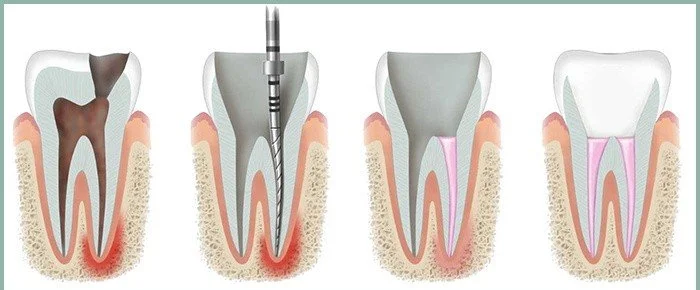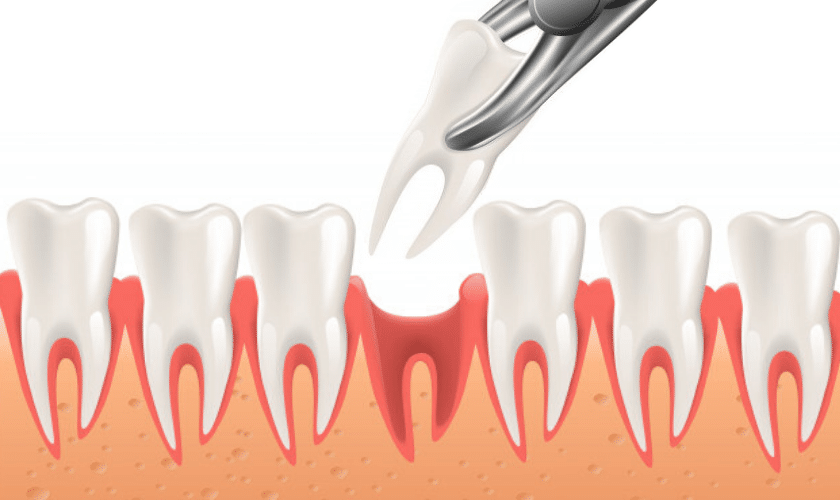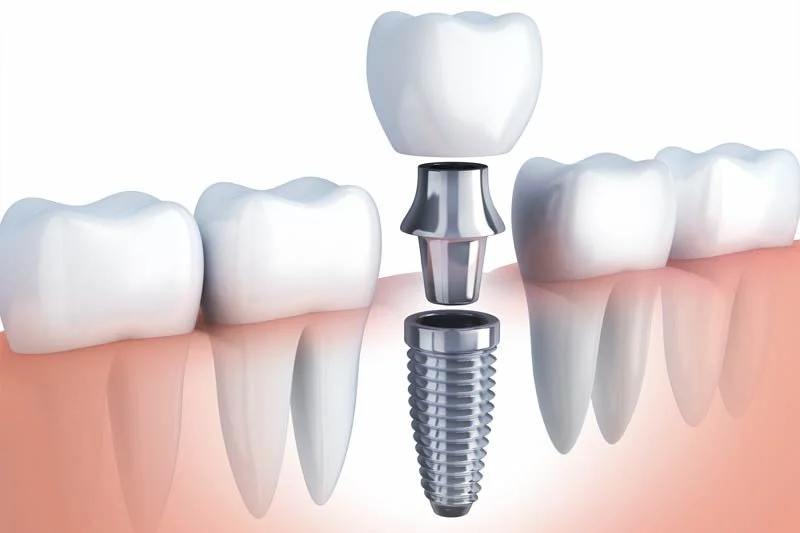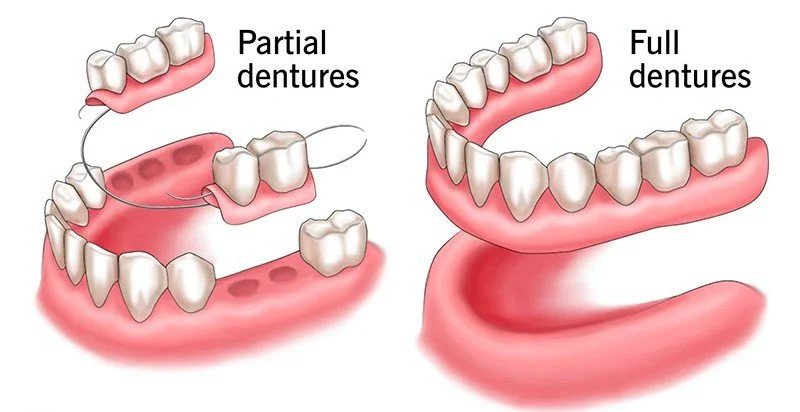Our Services
We offer services for: Routine Checkup/Cleaning, Fillings, Crowns, Veneers, Bridges, Root Canals, Extractions, Implants, and Dentures. Please read below for more information on each procedure.
Routine Check Ups/Cleaning
Having regular exams and cleanings are important in maintaining your oral health. During exams, we address any concerns you may have, exam teeth for any signs of cavities or abnormalities, do oral cancer screening, and recommend any treatment we deem necessary. During cleanings, we use an ultrasonic scaler to remove all buildup of plaque and calculus, inspect gums for signs of gingivitis/periodontal disease, and make recommendations for improvement. Both exams and cleanings are important at least every 6 months to catch problems before they become too large.
Fillings
Bonding composite "white filling" to address slightly chipped teeth, small cavities, discoloration, or esthetics. We prefer using composite fillings rather than amalgam fillings because they are tooth colored to match the shade of your teeth and they are bonded on rather than forced in. Composites are a common type of procedure and typically minimally invasive when dealing with dental problems caught early on. However, composites can stain on the margins or break from excessive forces; if a composite does break or fall out, consult us to see if it can be repaired or replaced.
Crowns
Crowns are a restorative procedure that is recommended when it comes to reinforcing weakened teeth. Crowns are most often placed on teeth when they have cavities, erosion, or fractures too large for composite fillings to efficiently repair. If a tooth loses more than one-third of its natural tooth structure, it becomes more fragile and susceptible to fracturing even more, even from routine chewing. The crown encapsulates the tooth and holds it together to reduce the risk. While the visible portion of a tooth is covered by the crown, natural tooth structure remains underneath and is still susceptible to cavities and wear, so good oral hygiene even on crowns is important.
Veneers
Veneers are an option for those that want to improve how their smile looks by addressing discolorations, dissymmetries, or gaps. Veneers are custom-made thin sheets of porcelain cemented only on the front side of teeth to produce a more esthetic smile, therefore providing you with a confident smile without removing too much tooth structure. While the porcelain of veneers is highly resistant to stains, it is still recommended to avoid or clean after coffee, tea, red wine, or tobacco to increase the longevity of your veneers.
Bridges
A Bridge is essentially three crowns stuck together to help replace a missing tooth. This is generally favorable when only one tooth is missing with two adjacent teeth having strong bone structure to support it. The idea is that the neighboring teeth are prepped for crowns but there is another tooth stuck in between that replaces the lost tooth. For that reason, it is important to keep the area clean and have good oral hygiene, as the bridge is highly dependent on the health of both teeth. A Bridge may be recommended to a patient when the missing tooth area has poor bone health or a removable device is not desired.
Root Canals
Root canals are needed when a tooth's nerve is infected or has died, causing an infection. This commonly occurs when a cavity gets too large and infiltrates the pulp of the tooth where the nerves and vessel reside. Another reason for this is when the tooth undergoes some sort of trauma, either from an accident, injury, or grinding your teeth. Some common symptoms that necessitate the need to have a root canal are extreme, throbbing sensitivity to cold lasting for minutes, spontaneous pain that comes and goes, or a swelling infection in the gum area of the tooth. When that happens, the root canal treatment involves removing all the infected nerve tissue in the tooth through a specialized procedure and filling it with a bio-organic material to close up the space. Depending on the amount of tooth lost, a composite filling or a crown may be recommended as a follow up procedure to protect the tooth.
Extractions
Sometimes if a cavity goes unchecked for too long, it can become so large that barely any tooth structure is leftover for any restoration to have long-lasting effects (or this can occur if a tooth breaks off where barely any tooth is above the gumline). When this happens, a restoration may not be possible to save the tooth structure and it becomes necessary to extract the tooth. Another reason can be if periodontal disease causes the bone to recede so much that the tooth becomes mobile to the point that it causes pain whenever it moves. The process of tooth extraction typically involves using specialized tools to elevate the tooth out of its socket and then completely remove it with forceps. Sometimes if a tooth is so decayed that there is nothing to grab onto or the roots anchor it too much into the bone, cutting the tooth into pieces may be necessary to remove the tooth without causing trauma. During the same appointment a tooth is extracted, it is recommended to have either bone graft material or PRF (protein-rich fibrin) placed in to regrow the bone displaced by the tooth. Once the area heals, tooth replacement options include implant, bridge, or dentures depending on the situation of the missing tooth and condition of the rest of your dentition. Leaving the space empty is also an option, but should be noted that the tooth behind or opposing the extracted tooth can migrate into the space over time.
Implants
If you are missing a tooth, one option to replace it is to place an implant. An implant is essentially made up of two parts, the implant fixture that acts like a screw to integrate into your bone and the crown portion that attaches on top of it. When placing an implant, it is necessary to have enough healthy bone for the implant to be stabilized so bone graft or PRF (protein-rich fibrin) could be an additional procedure necessary to make it possible. Implants are a great way to replace missing teeth because they are fixed in your mouth so they do not come in or out and they are independent of surrounding teeth. In more complex cases, implants can be used to replace multiple teeth with a bridge or denture attached to them.
Dentures
When a patient is missing multiple or all teeth, it may be more rational to replace them with a denture instead. There are two types of dentures, complete dentures and partial dentures. Complete dentures are made when all natural teeth are missing and partial dentures are made when some natural teeth remain. Both involve attaching natural-looking replacement teeth onto either metal and/or acrylic to sit on your gums and teeth. Dentures are a removable appliance, so it is necessary to take them out to clean daily and stored in water when not in use. Because dentures are not permanently attached to teeth or gums, it can feel more bulky or loose than natural teeth, so it is important to understand that adapting to them will be a process.


